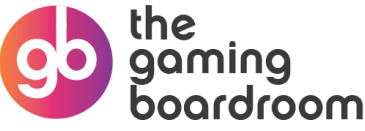While we often discuss the theory behind biases that affect our choices, let’s discuss some practical steps to navigate this complex terrain.
This how-to guide offers actionable tips you can employ to make better decisions, a cornerstone of professional development.
Step 1: Self-Awareness
Action: Keep a decision-making journal, noting down the factors that influenced each choice you made.
Purpose: This will allow you to identify recurring biases and triggers. Awareness is the first step to change.
Step 2: Critical Questioning
Action: Before making a decision, ask yourself, “Am I considering diverse perspectives, or am I just seeking validation?”
Purpose: This helps overcome Confirmation Bias and opens you up to a more comprehensive evaluation.
Step 3: Verify Assumptions
Action: Take your initial assessment and actively seek evidence that challenges it.
Purpose: This prevents Overconfidence Bias by grounding your decision-making in objective facts.
Step 4: Employ a Devil’s Advocate
Action: Encourage a trusted colleague to argue against your decision.
Purpose: A Devil’s Advocate can highlight blind spots and counter Groupthink.
Step 5: Weight Your Options
Action: Make a list of pros and cons, but give each a weight based on its actual importance, not just the order in which you thought of it.
Purpose: This helps to counteract Anchoring Bias, ensuring that the first option doesn’t unduly influence you.
Step 6: Check Your Emotional State
Action: Acknowledge your emotional state before deciding and considering its impact.
Purpose: Emotions can colour our choices; awareness allows you to adjust for emotional biases.
Step 7: Consult Diverse Perspectives
Action: Before finalising your decision, consult with people from different backgrounds.
Purpose: This helps to negate Cultural and Social Biases, making your decision more inclusive.
Step 8: Reflect and Re-evaluate
Action: After making the decision, you can revisit it to see how your initial biases may have influenced the outcome.
Purpose: Reflection allows for continuous learning and better decision-making in the future.
By consciously employing these steps, you become a more effective decision-maker and a more inclusive leader. Making unbiased choices isn’t just good ethics; it’s also good business. I
Ready to make better decisions?

